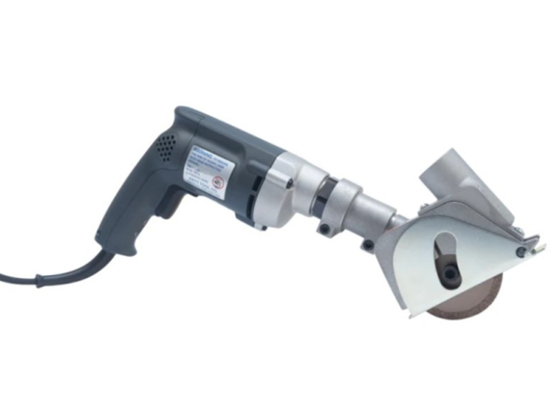The world of power tools can be overwhelming, especially for first-time buyers.expand_more With countless options, technical jargon, and varying needs, choosing the right tool can feel like deciphering a foreign language. Fear not, DIY enthusiasts and professionals alike! This comprehensive guide will equip you with the knowledge and confidence to select the perfect power tool for any project.
Step 1: Know Your Project
Before diving into specific tools, take a moment to understand your project’s scope. Consider these factors:
- Material: What material will you be working with? Wood, metal, concrete, or something else? Different materials require different tools.
- Task: What specific task will you be performing? Drilling, cutting, sanding, or something else? Each task has its ideal tool.exclamation
- Frequency of use: Will you use the tool regularly or for a one-time project? Frequent users might prioritize durability and advanced features.
- Skill level: Are you a seasoned DIYer or a complete beginner? Choose a tool that matches your comfort level and skill set.
Step 2: Explore the Power Tool Universe
Now that you understand your project, let’s explore the exciting world of power tools! Here are some common categories:
Drilling:
- Cordless Drills: The most versatile option, offering drilling and driving capabilities.expand_more Ideal for most DIY projects.
- Impact Drills: Similar to cordless drills but add a hammering action for tougher materials like concrete and masonry.expand_more
- Rotary Hammers: Specialized tools for drilling deep holes in hard materials like concrete and brick.
Sawing:
- Jigsaws: Perfect for making intricate and curved cuts in various materials.expand_more
- Circular Saws: Designed for straight cuts in wood, plywood, and other sheet materials.expand_more
- Angle Grinders: Versatile tools for cutting and grinding metal, concrete, and stone.expand_more Require proper safety gear and training.
- Reciprocating Saws: Powerful tools for demolition, cutting lumber, and pruning branches.expand_more
Other Power Players:
- Sanders: Smooth and finish various surfaces like wood, metal, and plastic.
- Wrenches: Tighten and loosen nuts and bolts with ease.expand_more
- Routers: Shape and cut wood, plastic, and composite materials.
Step 3: Choosing the Right Features
Once you’ve identified the suitable tool category, delve into specific features:
- Power: Measured in watts (W) or amps (A), determines the tool’s performance. Higher power tackles tougher jobs!
- Voltage: Corded tools typically run on 120V or 240V AC, while cordless tools use rechargeable batteries (usually 12V-20V).
- Battery Type: Lithium-ion (Li-Ion) batteries are popular for their longevity and fast charging.expand_more Ni-MH batteries are more affordable but have shorter lifespans.expand_more
- Features: Consider additional features like variable speed control, dust collection ports, soft-grip handles, and safety features like overload protection.
- Brand: Reputable brands often offer superior quality, better warranties, and readily available replacement parts.
Step 4: Consider Your Budget
Power tools range in price from budget-friendly options to professional-grade machines. Choose a tool that fits your budget while offering the necessary features and power for your needs. Don’t be afraid to invest in a quality tool that will last for years.
Step 5: Safety First!
Always prioritize safety when working with power tools. Wear appropriate personal protective equipment (PPE) like goggles, gloves, ear protection, and respirators when necessary. Read the instruction manual thoroughly, understand the tool’s limitations, and never use it for unintended purposes.
Bonus Tip: Online Resources are Your Friend!
Utilize online resources like manufacturer websites, product reviews, and DIY forums to research specific models, compare features, and gain valuable insights from experienced users.
Remember: Selecting the perfect power tool is an informed decision. By understanding your project, exploring your options, considering features, and prioritizing safety, you’ll be well on your way to tackling any home improvement project with confidence!
